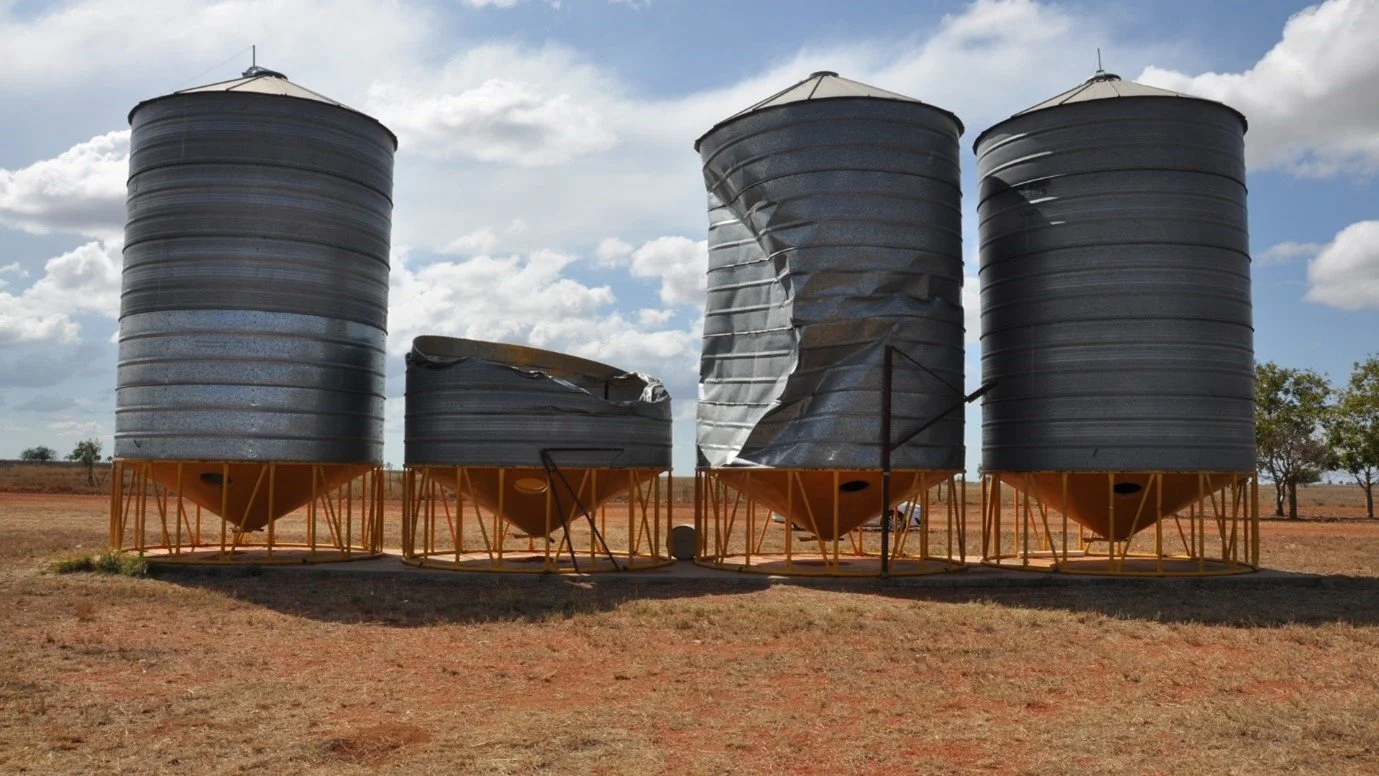Silo Safety Reminder after Silo Incident
The subject of structural integrity of grain silos and the importance of regular inspections has come up several times in the past few months during site audits conducted by Continu Risk Management.
While exact statistics in Australia are difficult to determine, the Nationwide Agribusiness Insurance Company (US) estimates that catastrophic grain bin failures occur in the range of 6 to 8 times per year in the US. For the health and safety of our farmers, their families, and others it is important that silos are inspected and maintained as rigorously as other items of plant.
Given the recently reported incident of a silo collapse south of Emerald (read the full ABC story here) we are asking our clients to ensure they prioritise silo inspections and maintenance on their safety agendas.
Understanding the Importance of Silo Maintenance
Safety: Compromised silos pose significant risks to people and the environment.
Protection: Damaged silos can affect your stored product, leading to financial losses. As well as pose serious safety concerns for those working in and around damaged silos.
Peace of mind: Regular checks including identifying structural damage to ensure your silo is safe to continue using.
Common Causes of Structural Damage
Poor design and construction: Weaknesses from the beginning due to construction issues or defects.
Environmental factors: Extreme temperatures, moisture, and wind.
Improper loading and unloading: Excessive stress on walls and foundations.
Impact damage: Mobile plant or other items coming into contact with walls or structural supports.
Lack of maintenance: Neglecting inspections and repairs allowing minor issues to worsen.
Grain Products: that may build up unevenly on one side of a silo causing it to potentially bulge and altering its structural integrity.
Signs of Structural Damage
Cracks: In walls, floors, or foundations.
Bulging: Outward deformation of silo walls.
Leaks: In walls, roofs, or discharge points.
Uneven settling: Indicates structural problems.
Unusual noises: Creaking or popping sounds.
Steps to Prevent or Identify Silo Damage Early
Proper loading/unloading: Train staff and follow guidelines.
Maintain proper moisture levels: Control moisture to prevent corrosion and mould.
Regular cleaning: Remove debris and dust that can contribute to damage.
Regular inspections: Identify signs of damage early on. If required have an expert inspect the silo to assess structural integrity issues.
Address minor issues promptly: Don't ignore small problems.
Benefits of Proactive Maintenance
Minimises risk of damage: Detects and addresses problems early.
Reduces repair costs: Prevents small issues from becoming major problems.
Lowers insurance costs: Demonstrates commitment to proper care and maintenance.
Ensures continued functionality and safety: Keeps your silo operational and safe.
By implementing these practices, you can proactively manage your silo's structural integrity, ensuring its long-term functionality and preventing costly repairs. Remember, regular inspections and maintenance are crucial for a safe and reliable silo operation.
Further Reading

